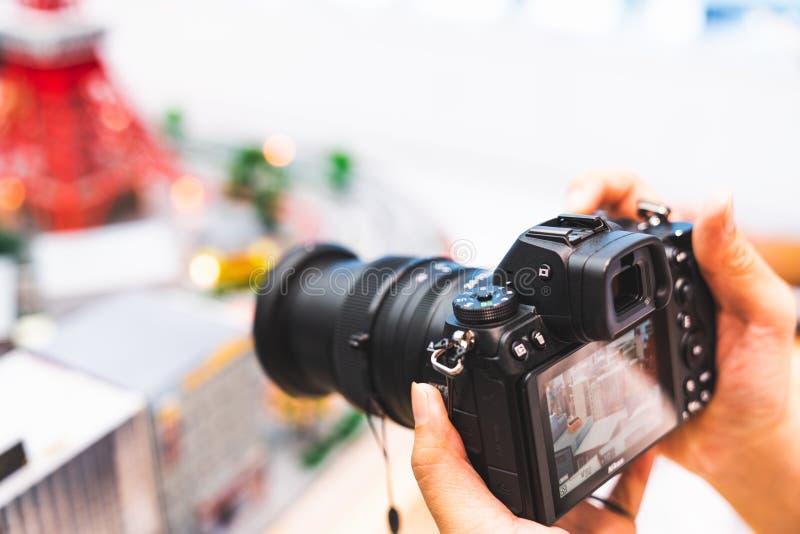

For example, a Full Frame camera with 36 megapixels would have very similar sized pixels to an APS-C camera with 16 megapixels. Larger sensors also allow manufacturers to increase the resolution of their cameras – meaning they're able to produce more detailed images – without sacrificing too much in terms of other image quality attributes. The size difference between a Full Frame and APS-C (DX) sensor Which as we know, makes for happy photographers. Able to gain more information, the large DSLR photosites would be capable of turning out photos with better dynamic range, less noise and improved low light performance than its smaller-sensored sibling.

Think about it this way, if you had a compact camera with a typically small image sensor, its photosites would be dwarfed by those of a DSLR with the same number of megapixels, but a much bigger sensor. Therefore, it stands to reason that a bigger sensor can gain more information than a smaller one and produce better images. In very simple terms, image sensors (the digital equivalent of the film your father might have used in his camera) consist of millions of light-sensitive spots called photosites which are used to record information about what is seen through the lens. The size of sensor that a camera has ultimately determines how much light it uses to create an image.

What does matter is sensor size! Why is camera image sensor size important? We've all seen dodgy images from high megapixel cameras and know that after a point, megapixels don't matter for most people – a 16 MP compact isn't ever going to be as good as a 12 MP Full Frame DSLR. The megapixel myth has treated camera manufacturers well over the years, those ever increasing, and often meaningless, numbers have sold millions of cameras.


 0 kommentar(er)
0 kommentar(er)
